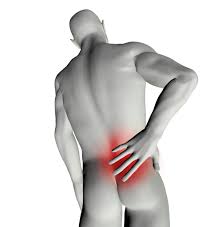Morris County NJ Sports Injury Specialist Discusses Hidden hip Injury Types Shapes R In
Sports Injury Specialist In Morris County NJ Discusses Deep Hip Injuries types
By Shapes R In LLC In Mountain Lakes .NJ VISIT SITE HERE
Obturator internus: is one of the most hidden causes of hip and hamstring injuries, unfortunately obturator internus is not a muscle that most orthopedist or therapist can’t locate quickly, thus understanding this muscle can save you a lot of time and efforts on your search for a good solution to your pain.
What’s obturator internus (OI)
Is a hip muscle that originates deep within the pelvis wraps out and inserts in the posterior aspect of the femur head (the top of the thigh bone when it combines to form the hip joint). The main movement function of the OI is to rotate the leg externally. In addition to external rotation. The OI plays a major role in stabilizing the hip joint and is an important pelvic floor muscle.
Muscle Dysfunctions and trigger point
Just like any other muscle in the body the OI can become dysfunctional and trigger points (Trps) can arise for various reasons. In general (trps) are involuntarily contracted, and we cannot consciously relax the muscle fibers, with the whole muscle. Blood flow is restricted to that area of the muscle as well as surrounding nerves and other tissues. This decrease blood flow can then result in hypersensitivity directly at the site of the trps as well as aching pain in and another area.
Trps can be latent or active. A latent trp is one that does not cause pain unless provoked. Like with direct pressure from massage or foam rolling. An active trp is one that is painful without provocation. A latent trp has the ability to become active and therefore start causing unprovoked pain. Both latent and active. Trps have the ability to refer pain to other areas of the body based on the referral patterns of the muscle that the trp is in. OI trigger points can refer throughout the hip and leg on the side that is originating from and often refers pain in the posterior hip (glute region) and hamstring. This common referral pattern is a large reason why many patients don’t have resolution in pain after treatment of a hamstring or glute syndrome diagnosis. The pain is manifesting in the posterior hip and hamstring by the origin of the pain and dysfunction is from the OI muscle.
Follow this video with some exercises to prevent deep pain in the hip area or alleviate some of the existing symptoms:
